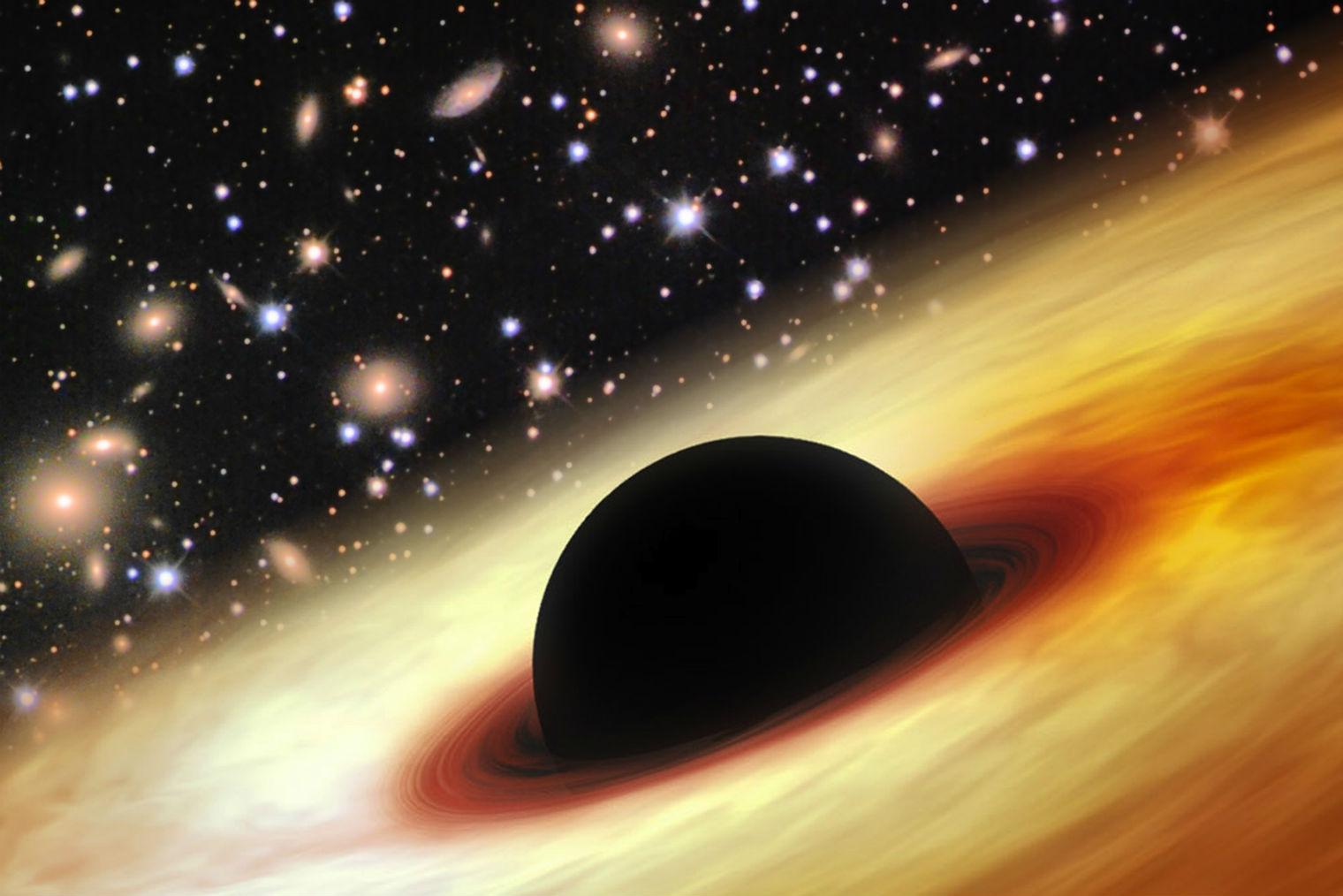Scientists observe liquid with 'negative mass', which turns physics completely upside down
The findings could be used to explore some of the deepest mysteries of the universe

Scientists have created a material with "negative mass", apparently upending our entire understanding of physics.
Negative mass works exactly as it sounds, and in a way that seems impossible: when you push it, it goes entirely in the other direction.
Normally, things accelerate in the direction they are pushed, in line with Isaac Newton's second law of motion. But in the case of the new liquid, it pushes in the opposite direction.
There's nothing necessarily meaning that everything has to have positive mass, and it can in fact go both ways like electric current or magnets.
The strange material was created by Michael Forbes, a physicist at Washington State University, and his team. They did it by cooling down rubidium atoms so that they were just ever so slightly above absolute zero – creating a what's called a Bose-Einstein condensate and creating all sorts of bizarre physical effects.
In such a state, particles start to move incredibly slowly and act like waves. They can also move in unison, flowing without using up any energy.
Scientists then use laters to kick the atoms around, switching them up and changing the way they spin. When that happens, their usual behaviour is turned inside out – if the bowl the particles are sitting in was broken, they'd expect to rush out, but they do the opposite.
“Once you push, it accelerates backwards,” said Forbes, who acted as a theorist analysing the system. “It looks like the rubidium hits an invisible wall.”
Because scientists have such control over the unusual substance, they can use it to explore places in the universe where similar effects seem to happen. In time, the findings could be used to study experiments in astrophysics, like neutron stars, and cosmological phenomena like black holes and dark energy, where it's not possible to do experiments.
Join our commenting forum
Join thought-provoking conversations, follow other Independent readers and see their replies
Comments
Bookmark popover
Removed from bookmarks